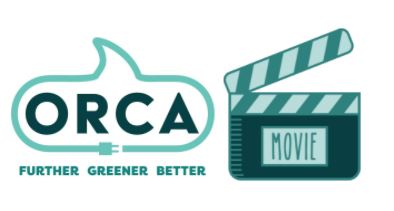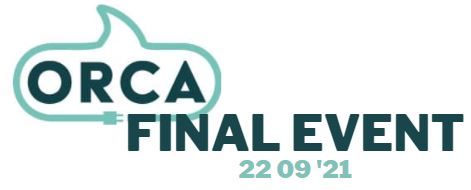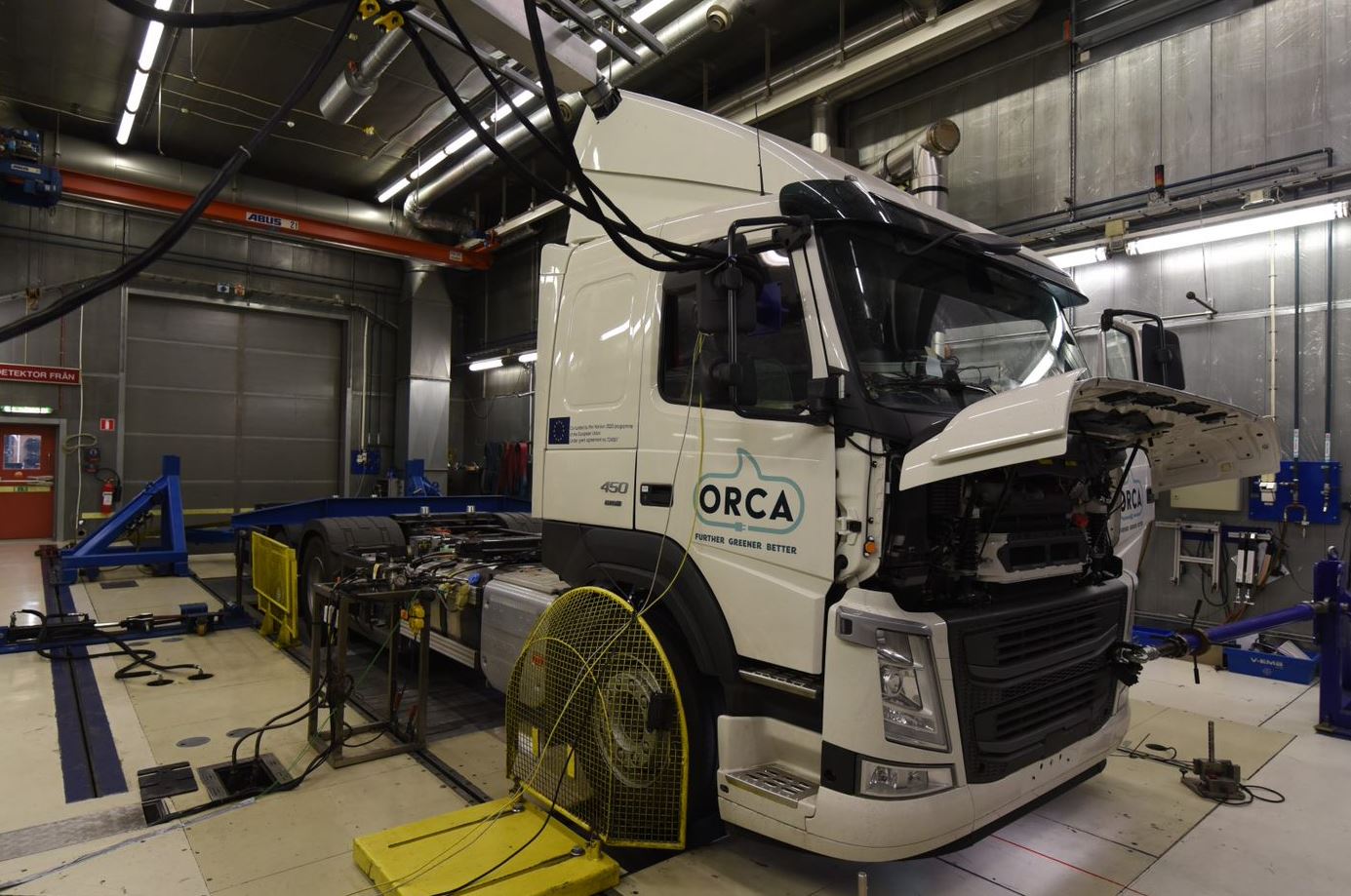In the ORCA project special focus is given to the Total Cost of Ownership (TCO) and Life Cycle Assessment (LCA) Optimisation Framework for heavy-duty vehicles therefore two co-desing methodologies have been developed.
One method developed by VUB & TNO puts extra emphasis on plant model using forward facing vehicle modeling. The developed plant model is then used in developing the co-design framework to optimize the component sizes to satisfy vehicle performance requirements as well as minimizing the TCO. The co-design methodology does not use predefined set of powertrain hardware variants in order to find optimal component sizes with respect to certain constraints and limitations.
On the other hand, the co-design methodology from VOLVO uses a predefined set of hardware variants being available in VOLVO’s production and seeks for the one with minimal TCO within that set. Moreover, the method developed by VOLVO focuses on the energy management strategy in the co-design. Hence, the VOLVO’s co-design method uses backward facing vehicle model for reducing the computational effort.
In short, the two developed approaches by VUB and VOLVO complement each other to tackle the co-design research from relevant design aspects: i) plant model using forward facing (high fidelity) and backward facing (low fidelity) model; ii) design space from theoretical widest one to an existing one at the OEM’s production; iii) optimal energy management strategy in the co-design.





